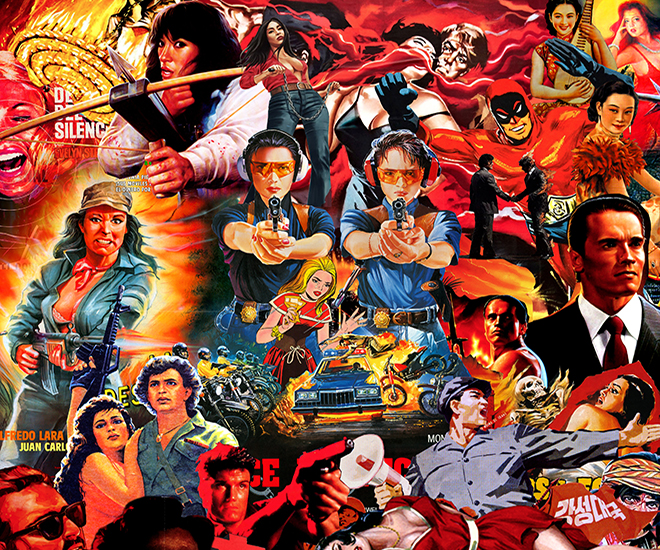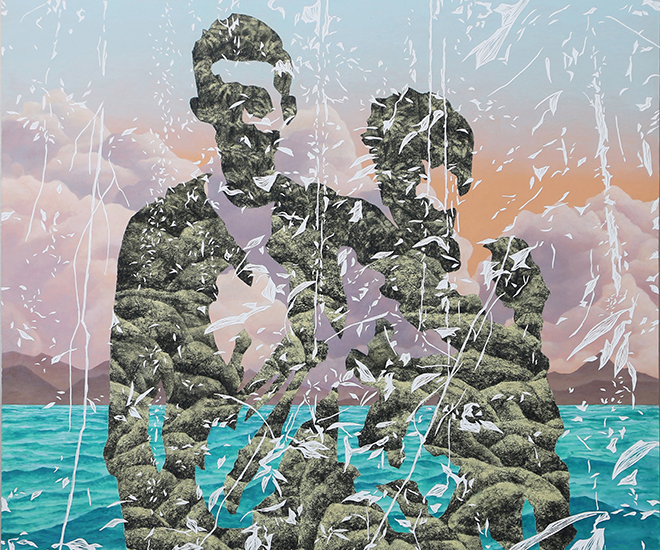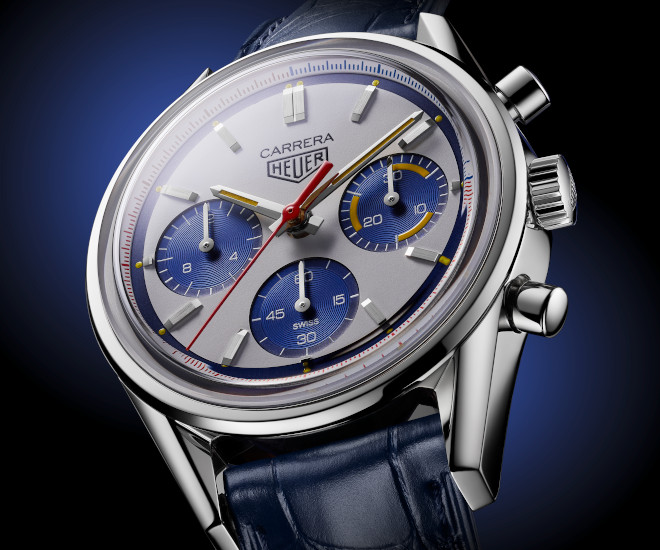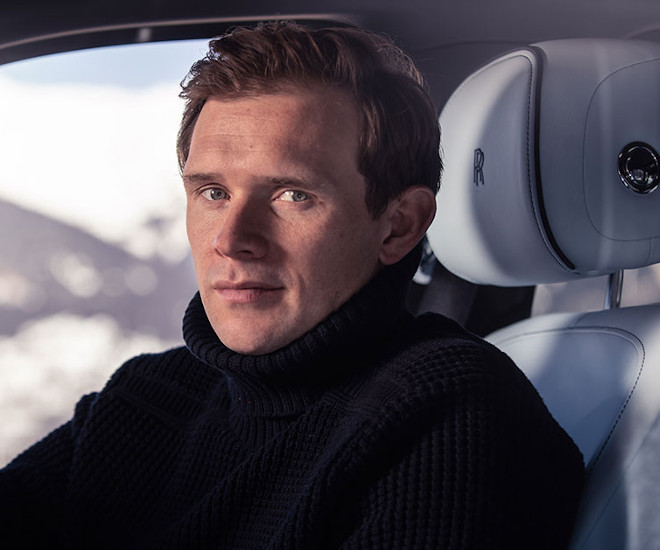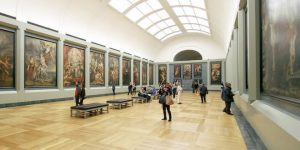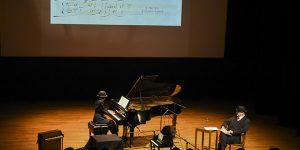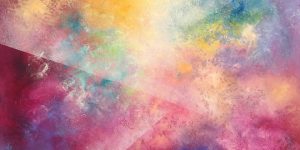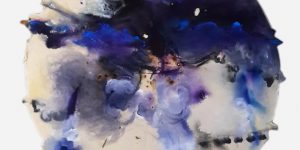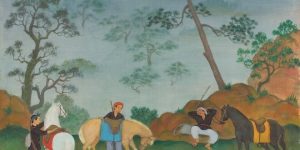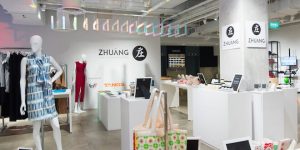Interview with Singaporean artist behind ‘Atlas of Mirrors’ at Singapore Biennale 2016, Melissa Tan
Singapore artist Tan, participant of the Dena Foundation Residency Program, in conversation with partner Christiaan Haridas

Melissa Profile Shot © Melissa Tan
In the six years since her graduation from LASALLE College of the Arts, Melissa has completed two solo exhibitions, 12 group exhibitions (domestic and international), an overseas residency, two art fairs, mentored several emerging artists and most recently participated in the 2016 Singapore Biennale. With a studio space at Goodman Arts Centre, her practice has enthralled us with her meticulous interpretation of the natural and built world through her delicate paper cuts and exploration of materiality.
Melissa’s industrious streak could possibly be attributed to the cohort she graduated from that boasts many familiar names such as Ashley Yeo, Godwin Koay, Kel Win Wong, Ruben Pang, Weixin Chong, to name a few, each of them as dynamic and productive as the other. Perhaps this is a sign of exciting times ahead for Singapore contemporary art? Melissa’s practice sheds some light on this up-and-coming batch of artists.
There has been positive response to your 2016 Singapore Biennale work. Could you share how this piece came about?
I have always been interested in geography, and was curious to find out more about the types of bedrock in Singapore. I noticed the numerous granite quarries and realised how rapidly we have depleted our resources. The granite from Pulau Ubin and Bukit Timah was used to build the city’s infrastructure, such as the causeway bridging Singapore to Malaysia and the Horsburgh Lighthouse.
For ‘Atlas of Mirrors’, I wanted to revisit this idea of utilising granite in my work. It was after walking through the CBD (Central Business District) area that I found various types of granite being used as building material. I also observed that materials from other countries were grafted onto our landscape. At the same time, I wished to continue working with sound after experimenting with it during a residency in Paris. These ideas eventually led to my exploration of Singapore’s terrain and landscape. Looking at Singapore’s land allocation master plan, I decided to visit each section and collect different materials that were being used for urban planning.
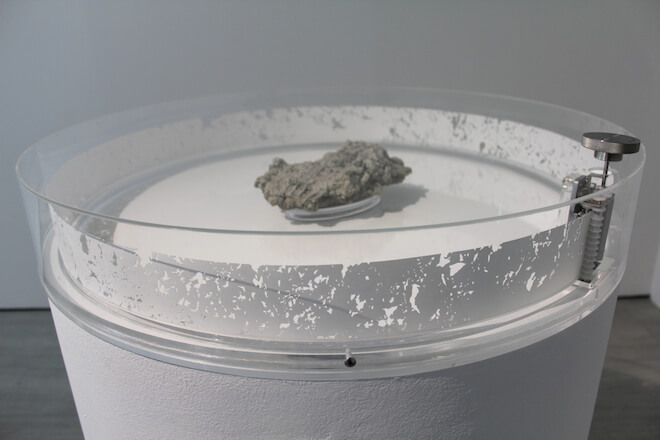
Detail Shot of ‘If You Can Dream a Better World You Can Make a Better World or Perhaps Travel Between Them’. Installation Shot at Singapore Biennale 2016 © Melissa Tan
Working with a curator is relatively a new experience for you. Could you share the relationship between yourself and the curator in terms of artistic processes and how you worked with curatorial intervention?
It was an engaging experience working with the curators at the Singapore Art Museum. I felt that a lot of support was given to me throughout the process. We discussed the relationship of my past works with the current sculpture, and considered how a sound piece would resonate with the audience. It was a different experience understanding the curators’ perspective, including how they placed the sound sculptures to simulate a continuous dialogue between the works of Munem Wasif and myself, despite our different approaches to the notion of landscape.
There has been a current wave of interest on the notion of artist residencies in academia. Singapore itself boasts several residencies including the Centre for Contemporary Arts (CCA), Singapore Tyler Print Institute (STPI) and Grey Projects. As a participant of the Dena Foundation Residency programme, what were some of its positives in terms of enhancing your practice?
The exposure to more artworks overseas, getting to know how other practitioners work and experiencing different art scenes. During the Dena Foundation Residency Program, I stayed at the Centre International d’Accueil et d’Échanges des Récollets. As the centre believes in creating a space for discourse between people from different fields — researchers and artists, for example — I met artists from different disciplines, scientists and a marine archaeologist who were all deeply passionate in their practice. During the three months of my residency, I was fortunate to attend the myriad of events happening in the same time frame. Every residency offers something different, be it research, workshops, mentorship and so on. As artists, we need to know which residencies would help in terms of exploring and pushing one’s practice. I feel that is important to break routine, through travel and other means, and step outside your comfort zone in all aspects of an artist’s practice.

‘1009 Sirene’, 2016, Acrylic on Watercolour Paper and Powder-Coated Mild Steel. Artwork Shot © Melissa Tan
Which artists have you have consistently referred to in your practice?
I definitely look to my lecturers at LASALLE College of the Arts who have shaped my practice, including Betty Susiarjo, Hazel Lim, Jeremy Sharma, Ian Woo, to name a few. I admire Tacita Dean’s practice and how she pursues her narratives. Richard Long as well, for his sensitivity to drawing. His work ‘A Line Made by Walking’ made me think about the process and the relationship between nature and man. At the same time, I look up to local writers such as Arthur Yap for his poetic insights on the Singapore landscape.
Your practice is renowned for its physically laborious process. How do you situate your practice in this age of digitisation? On a scale of importance, where would you place the artist’s hand?
As I work closely with traditional printmaking techniques, it is very important to me. However, I am moving towards using laser cut metal in my practice and learning certain software to navigate this age of digitization. Perhaps it is difficult to see the artist’s hand in some works, but that does not make the process any less labour intensive. Editing images, building models through software and rendering data takes a lot of time and often goes unnoticed. I feel that in whatever we do, time and patience are still required to learn the craft and keep up with the pace at which technology is evolving.

Detail Shot of ‘1009 Sirene’, 2016, Acrylic on Watercolour Paper and Powder-Coated Mild Steel. Detail Shot of ‘1009 Sirene’ © Melissa Tan
You are exclusive to Richard Koh Fine Art. Could you share some of your experiences partnering a gallery and how it benefits your practice?
I guess artists are generally not as familiar with how a gallery works. Most artists, especially young artists, learn through good and bad experiences with the gallery. One aspect of working with a gallery is that they may help with marketing and look out for projects for the artist. This allows the artist to focus more their research, practice and making of works, such that they need not bother about the commercial side of things.
Being in a gallery that represents a cluster of artists that I admire also inspires my practice. For me, looking up to Nadiah Bamadhaj who works so well with paper and Haffendi Anuar who is multidisciplinary makes me want to create works that are exciting and relevant to our contemporary sensibilities.
What is next for Melissa Tan?
In 2017, I want to learn new software to help me with 3D printing and to constantly try new things to bring into my practice. Perhaps it is time to look towards a residency programme in Asia to re-assess my practice and expand my research interests. I am also currently working with Jason Wee on the MRT (Mass Rapid Transit) Art in Transit project that has been slated for completion in 2019 to 2023.
For more information, please visit rkfineart.com.
This article was written by Christiaan Haridas and originally published in Art Republik.
